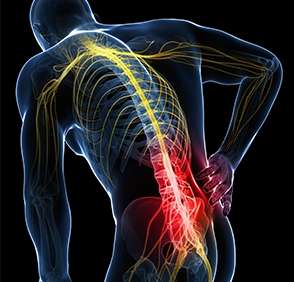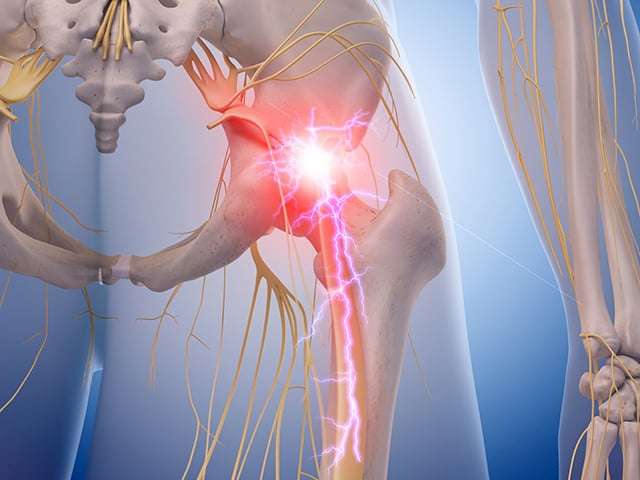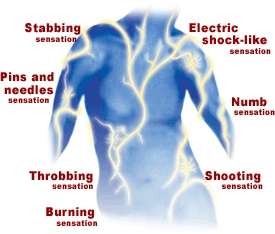Title: Understanding Nerve Pain: Signs, Symptoms, Causes, Risk Factors, Diagnosis, Prevention, Diet, Lifestyle, and Homoeopathic Treatment
Introduction:
Nerve pain, also known as neuropathic pain, is a condition characterized by sharp, shooting, or burning sensations that occur due to damage or dysfunction in the nerves. It can significantly impact a person's quality of life. In this blog post, we will explore the signs, symptoms, causes, risk factors, diagnosis methods, prevention strategies, diet and lifestyle considerations, and the potential role of homoeopathic treatment in managing nerve pain.
Signs and Symptoms of Nerve Pain:
1. Shooting or burning pain: Intense and sharp pain that may radiate along the affected nerve pathway.
2. Tingling or numbness: Unusual sensations, such as pins and needles or a loss of sensation.
3. Hypersensitivity: Increased sensitivity to touch, temperature changes, or pressure.
4. Muscle weakness: Weakness or difficulty in moving the affected area.
5. Electric shock-like sensations: Brief, intense bursts of pain.
Common Causes of Nerve Pain:
1. Nerve damage: Trauma, injury, compression, or inflammation of the nerves can lead to nerve pain.
2. Diabetes: High blood sugar levels can cause nerve damage, resulting in diabetic neuropathy.
3. Infections: Certain infections, such as herpes zoster (shingles) or HIV, can affect the nerves and cause pain.
4. Autoimmune disorders: Conditions like multiple sclerosis or rheumatoid arthritis can lead to nerve damage and pain.
5. Nutritional deficiencies: Lack of essential nutrients, such as vitamin B12 or folate, can contribute to nerve problems.
Risk Factors for Nerve Pain:
1. Diabetes or prediabetes.
2. Age: Nerve pain becomes more common with age.
3. Chronic diseases: Conditions like cancer or HIV/AIDS increase the risk of nerve pain.
4. Injuries or trauma: Physical injuries or accidents can damage nerves.
5. Certain medications: Some medications, such as chemotherapy drugs or certain antibiotics, can cause nerve damage.
Diagnosis of Nerve Pain:
Diagnosing the underlying cause of nerve pain may involve:
1. Medical history and physical examination: Discussing symptoms, medical history, and performing a thorough examination.
2. Nerve conduction studies: Evaluating the speed and strength of nerve signals.
3. Electromyography (EMG): Assessing muscle activity and detecting nerve damage.
4. Imaging tests: X-rays, CT scans, or MRI scans to identify structural issues or nerve compression.
5. Blood tests: Checking for specific markers or nutritional deficiencies.
Prevention Strategies, Diet, and Lifestyle Considerations:
1. Manage underlying conditions: Effectively managing conditions like diabetes or autoimmune disorders can help prevent nerve pain.
2. Protect against injuries: Take precautions to prevent physical injuries and trauma.
3. Maintain a healthy weight: Excess weight can increase the risk of nerve pain, so strive for a healthy weight through a balanced diet and regular exercise.
4. Quit smoking: Smoking can impair circulation and increase the risk of nerve damage.
5. Eat a nutritious diet: Consume a diet rich in fruits, vegetables, whole grains, lean proteins, and healthy fats to support nerve health.
Homoeopathic Treatment for Nerve Pain:
Homoeopathic treatment for nerve pain aims to alleviate symptoms, address the underlying causes, and restore balance in the body. Some commonly used homoeopathic remedies for nerve pain include:
1. Hypericum perforatum: Indicated for shooting or burning nerve pain, especially after injuries or surgeries.
2. Gnaphalium polycephalum: Useful for sciatic nerve pain, numbness, and tingling.
3. Kalmia latifolia: Recommended for nerve pain that radiates along the pathway of the affected nerve.
It is important to consult a qualified homoeopathic practitioner for an accurate diagnosis and individualized treatment plan based on your specific symptoms and overall health.
Conclusion:
Nerve pain can be debilitating, but understanding its signs, symptoms, causes, risk factors, and exploring different treatment options can help manage the condition effectively. By adopting preventive measures, maintaining a healthy lifestyle, and considering homoeopathic treatment as a complementary approach, individuals can find relief and improve their quality of life. Remember to consult healthcare professionals for an accurate diagnosis and to create a comprehensive treatment plan tailored to your specific needs.



Leave a Message